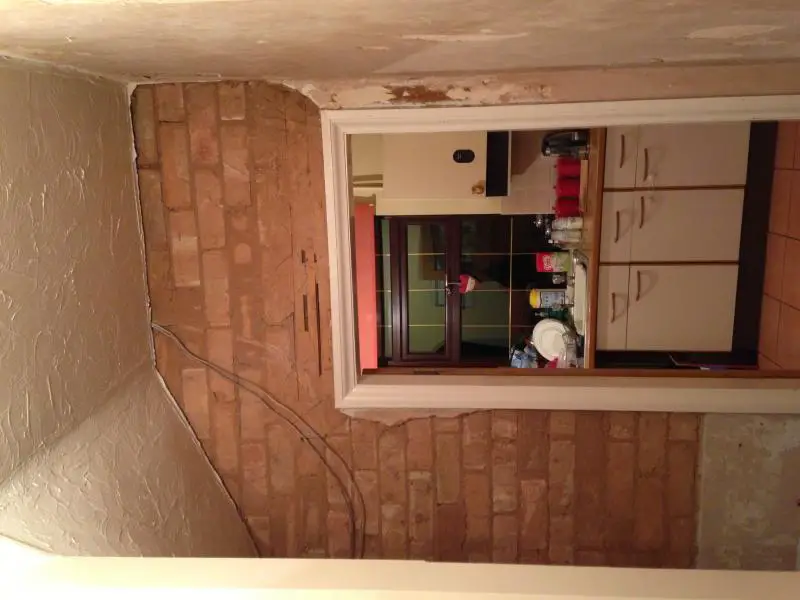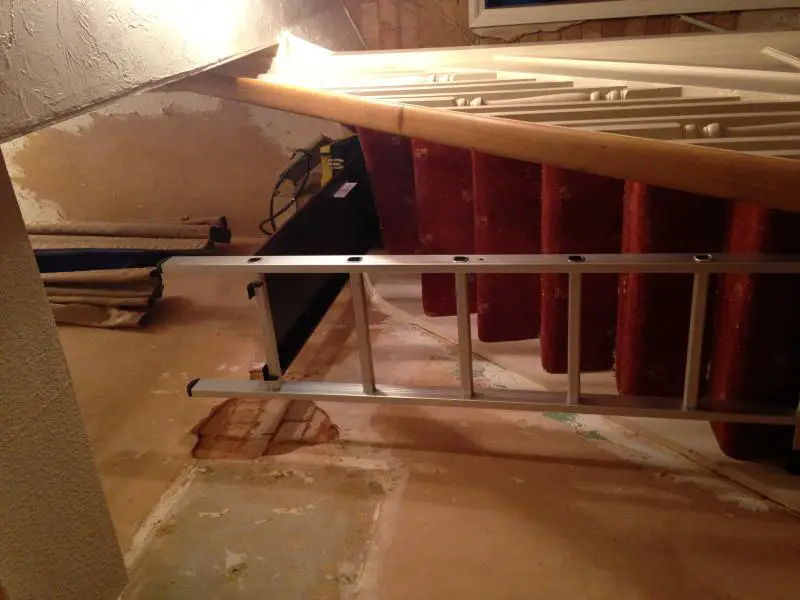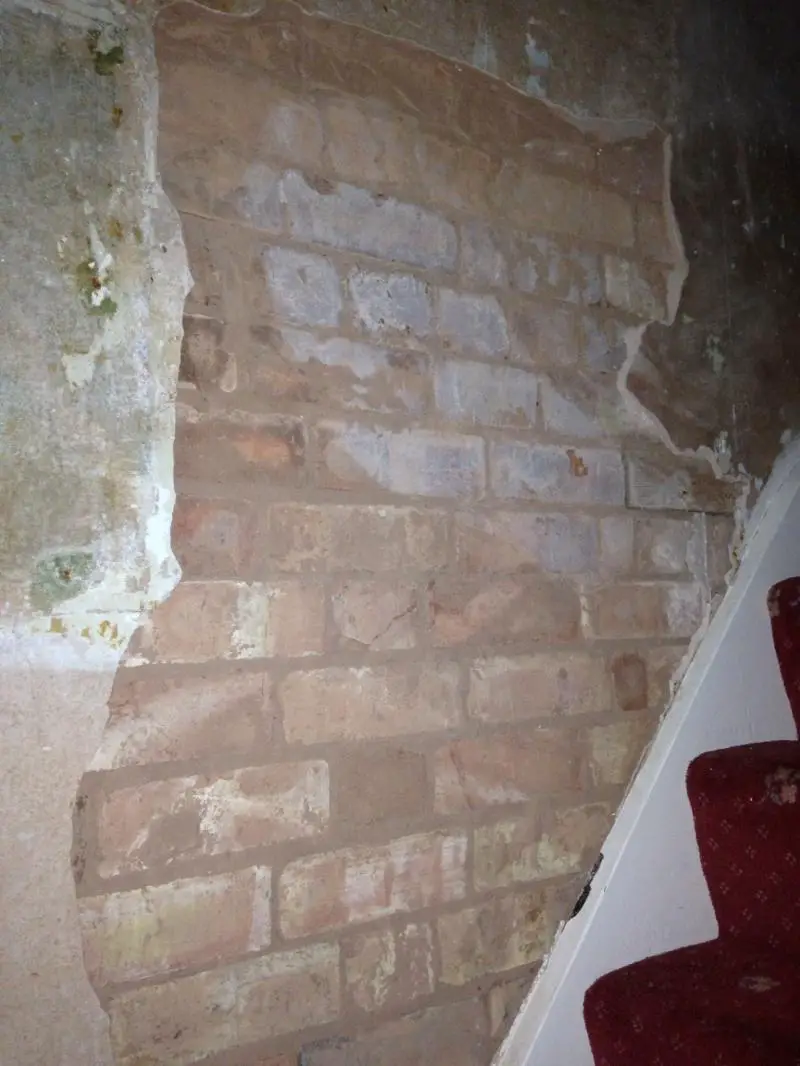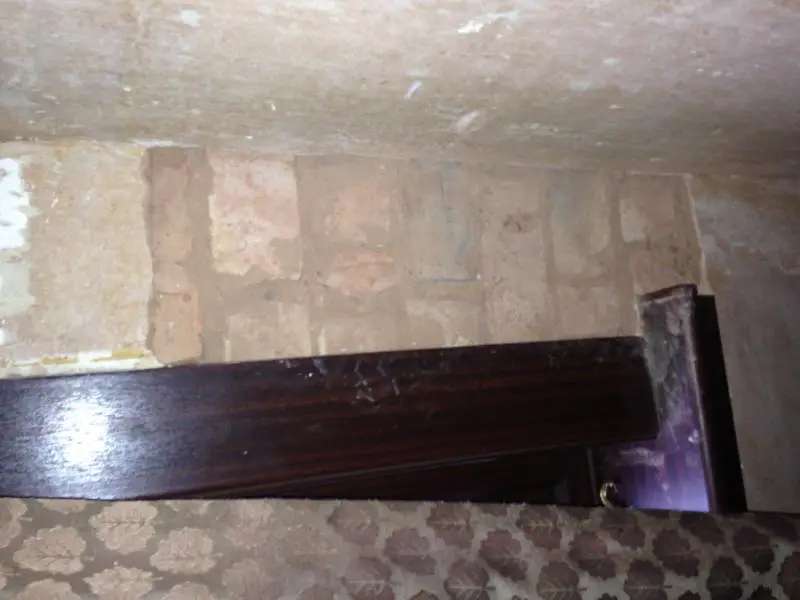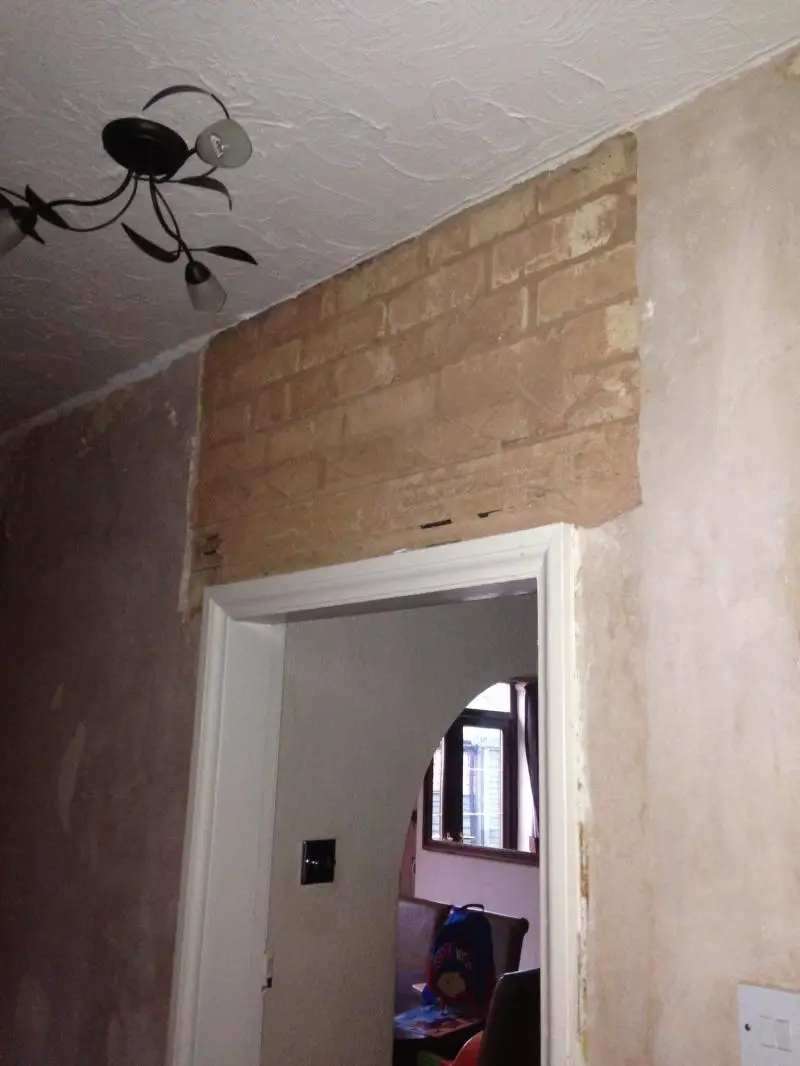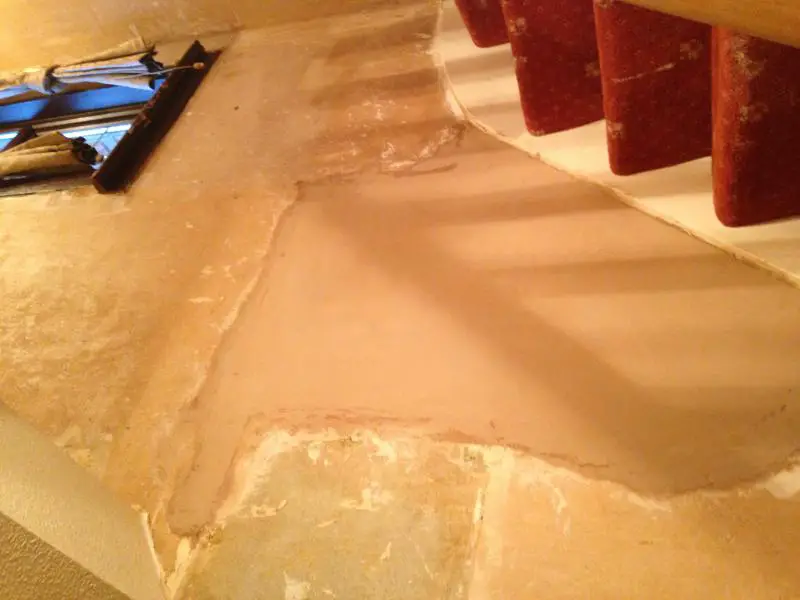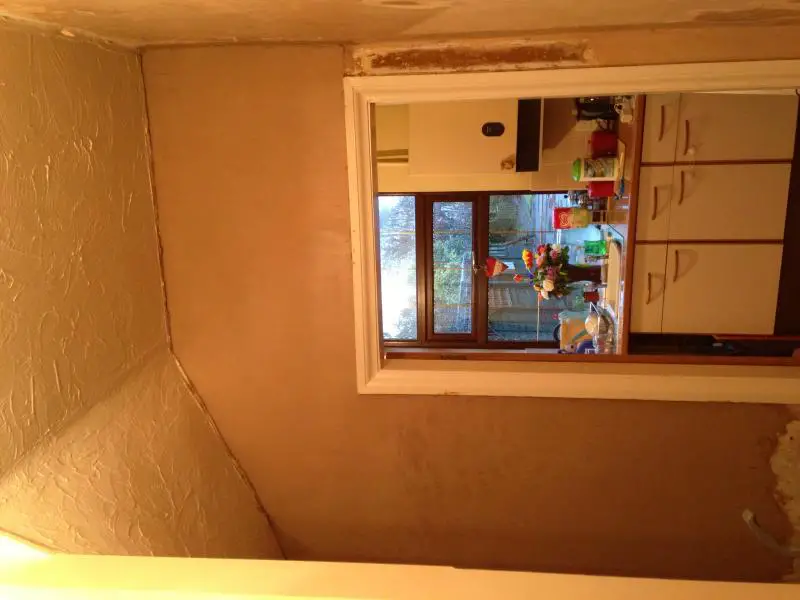Hi,
Weve decided to decorate the hall/stairs and landing and upon stripping the paper have noticed a fair amount of plaster thats come away from the wall back to brick.
Iv taken of most of the shot plaster and am now left with plaster thats seems sound.
Me and my friend are planning on plastering these sections but im a little stuck on what type of plaster to use. For the bigger sections (pretty much a whole wall) should i go for hardwall and then finish coat skim? or toughcoat and then finish plaster? and the smaller sections (around 2mx2m sections) just a one coat filler of somekind?
iv uploaded some pictures so you can see what im working with
Weve decided to decorate the hall/stairs and landing and upon stripping the paper have noticed a fair amount of plaster thats come away from the wall back to brick.
Iv taken of most of the shot plaster and am now left with plaster thats seems sound.
Me and my friend are planning on plastering these sections but im a little stuck on what type of plaster to use. For the bigger sections (pretty much a whole wall) should i go for hardwall and then finish coat skim? or toughcoat and then finish plaster? and the smaller sections (around 2mx2m sections) just a one coat filler of somekind?
iv uploaded some pictures so you can see what im working with


